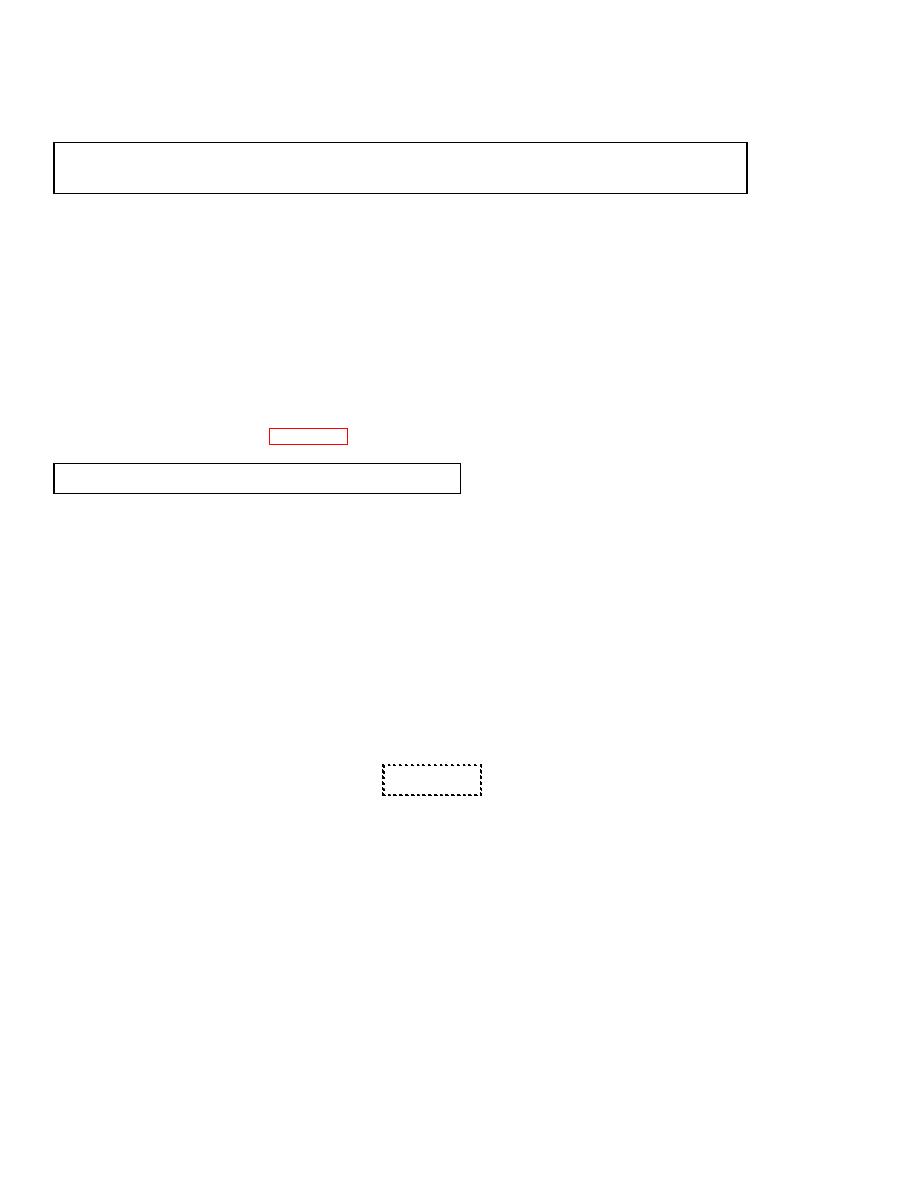 |
|||
|
|
|||
|
Page Title:
LEAKAGE DEFINITIONS FOR UNIT PMCS |
|
||
| ||||||||||
|
|
 TM 10-3930-673-20-1
2-7. ORGANIZATIONAL PREVENTIVE MAINTENANCE CHECKS AND SERVICES
(CONT)
(2) Bolts, nuts and screws: Check that they are not loose, missing, bent or broken. You can't try them all with a tool, of
course, but look for chipped paint, bare metal or rust around bolt heads. Tighten any bolt, nut, or screw that you find loose.
(3) Welds: Look for loose or chipped paint, rust, or gaps where parts are welded together. If you find a bad weld, report
it to Direct Support.
(4) Electric wires and connectors: Look for cracked or broken insulation, bare wires and loose or broken connectors.
Tighten loose connections and make sure wires are in good condition.
(5) Hoses and fluid lines: Look for wear, damage and leaks. Make sure clamps and fittings are tight. Wet spots show
leaks, or course, but a stain around a fitting or connector can mean a leak. If a leak comes from a loose fitting or connector,
tighten the fitting or connector. If something is broken or worn out, either correct it or report it to Direct Support Maintenance
(see Maintenance Allocation Chart, Appendix B).
It is necessary for you to know how fluid leaks affect the status of your equipment. The following are definitions of the types/
classes of leakage you need to know to be able to determine the status of your equipment. Learn and be familiar with them and
REMEMBER - When in doubt, notify your supervisor.
LEAKAGE DEFINITIONS FOR UNIT PMCS
Class I
Seepage of fluid (as indicated by wetness or discoloration) not great enough to form drops.
Class II
Leakage of fluid great enough to form drops, but not enough to cause drops to drip from the item being
checked/inspected.
Class III
Leakage of fluid great enough to form drops that fall from the item being checked/inspected.
CAUTION
Equipment operation is allowable with minor leakages (Class I or II). Of course, consideration must be
given to the fluid capacity in the item/system being checked/inspected. When operating with Class I or
II leaks, continue to check fluid levels as required on your PMCS.
NOTE
Change the interval if your lubricants/elements are contaminated or if you are operating the equipment
under adverse operating conditions, including longer-than-usual operating hours.
|
|
Privacy Statement - Press Release - Copyright Information. - Contact Us |